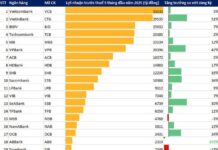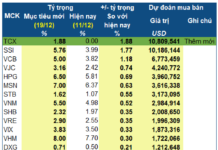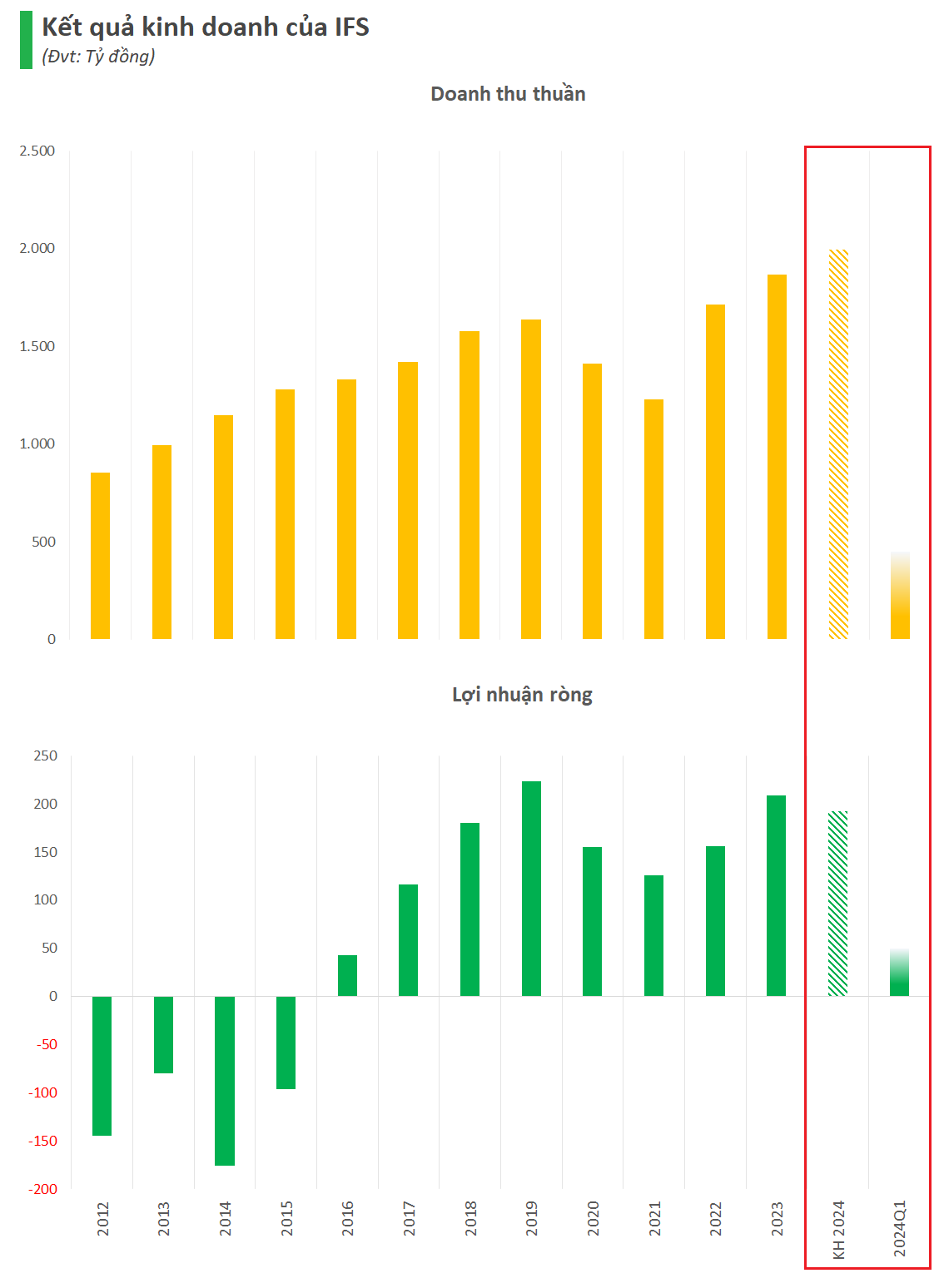
The oil pump at a gas station in Tehran, Iran. Photo: IRNA/TTXVN
At around 07:05 AM Vietnam time on May 1st, the price of North Sea Brent oil for July 2024 delivery decreased by 7 cents (0.5%) to $85.86 per barrel. The price of US light sweet crude oil (WTI) for June 2024 delivery decreased by 53 cents, or 0.6%, to $81.40 per barrel.
According to market sources citing figures from the American Petroleum Institute on April 30th, the amount of oil in the reserves of the United States, the world’s largest oil consumer, increased by 4.906 million barrels last week. In contrast, the reserves of gasoline and distillate products in the US decreased by 1.483 million barrels and 2.187 million barrels, respectively. Official data from the US Energy Information Administration (EIA) will be released at 14:30 GMT (around 21:30 Vietnam time).
The EIA reported that the supply of crude oil in the US has shown signs of considerable increase, with production rising to 13.15 million barrels per day in February 2024 from 12.58 million barrels per day in January 2024, the largest monthly increase in about three and a half years.
The prospect of a ceasefire agreement between Israel and Hamas in the near future, after Egypt recently made efforts to restore the stalled negotiations between the two sides, has driven down oil prices. An end to the conflict would reduce concerns that an escalation could disrupt supplies from the Middle East.
A survey conducted by Reuters (United Kingdom) on April 30th showed that the production of the Organization of the Petroleum Exporting Countries (OPEC) decreased by 100,000 barrels per day in April 2024 to 26.49 million barrels per day in order to prevent oil prices from falling further.





































